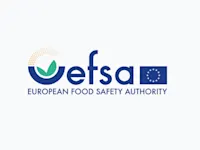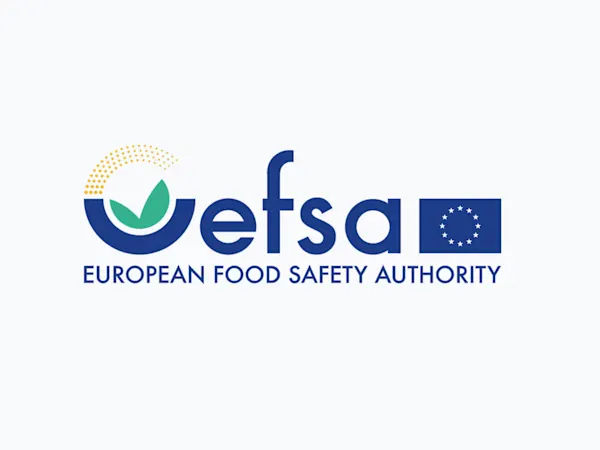
EU Ministers Press Commission on Delayed REACH Revision Amid Industry and Environmental Demands
EU Member States urge the Commission to accelerate the REACH revision, citing urgent health, environmental, and industry competitiveness needs.


The European Ombudsman has initiated an inquiry into the European Commission’s handling of dangerous chemical substances under the REACH Regulation. This inquiry, opened in June 2023, addresses concerns about the delays in adding substances to the Annex XIV authorization list and implementing necessary restrictions to protect public health and the environment. The investigation examines the Commission’s risk management process and its collaboration with the European Chemicals Agency (ECHA).
Under the REACH Regulation, the European Commission holds the responsibility of regulating chemicals that pose significant risks to human health and the environment. These regulatory actions include requiring prior authorization for the use of high-risk substances or implementing restrictions on their use. The Commission’s decisions are largely based on scientific opinions provided by ECHA’s committees, which assess both the risks and socio-economic impacts of such substances.
A key issue identified in the Ombudsman’s investigation is the prolonged time the Commission takes to incorporate recommendations into formal regulatory actions. According to the files inspected, delays have been particularly evident in complex cases involving multiple substances or broad regulatory measures, such as restrictions on tattoo inks and microplastics. For example, some restriction proposals have included unprecedented regulatory requirements, increasing the time needed for analysis.
The Commission has acknowledged that internal administrative challenges contribute to these delays. While working arrangements were established in 2018 to streamline the decision-making process, new complexities, including increased consultation times with Member States and evolving legal interpretations, have hampered progress.
Another significant concern is the transparency of the decision-making process. While the Commission publishes a rolling work plan and regularly consults Member States, public access to documents before decisions are finalized remains limited. The Ombudsman inquiry team highlighted this issue, noting that public awareness is often dependent on consultations through ECHA or WTO notifications.
In response, the Commission pointed to the extensive consultation processes with stakeholders, though it acknowledged that certain files might benefit from more public input earlier in the process.
The Commission’s handling of hazardous chemicals is set to improve with the ongoing revision of the REACH Regulation, which could resolve some of the procedural bottlenecks highlighted in the Ombudsman’s inquiry. However, with an increasing number of substances requiring regulatory action and a rising volume of public comments on high-profile cases like PFAS restrictions, the Commission faces growing pressure to expedite its decision-making.
Foresight continuously tracks 1000s of sources and maps updates to your portfolio:




EU Member States urge the Commission to accelerate the REACH revision, citing urgent health, environmental, and industry competitiveness needs.

The EU has classified DBDPE as a substance of very high concern (SVHC) due to vPvB properties, affecting manufacturers and downstream users of flame retardants.

EFSA launches consultation on updating its Weight of Evidence and Biological Relevance guidance, aiming to streamline chemical risk assessment practices.
Subscribe to Foresight Weekly and get the latest insights on regulatory changes affecting chemical compliance.
Free forever. Unsubscribe anytime.
Read by professionals at